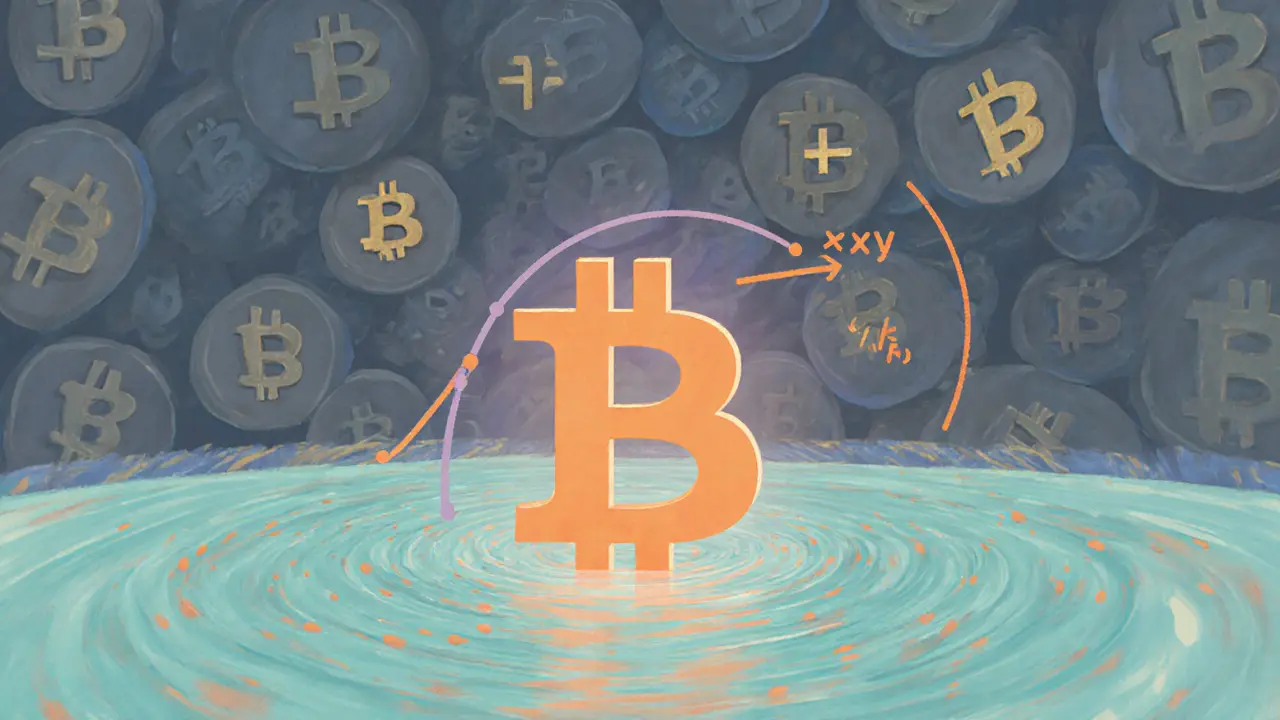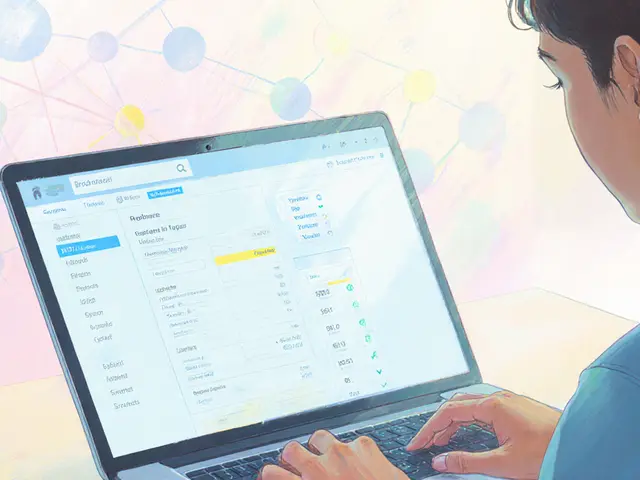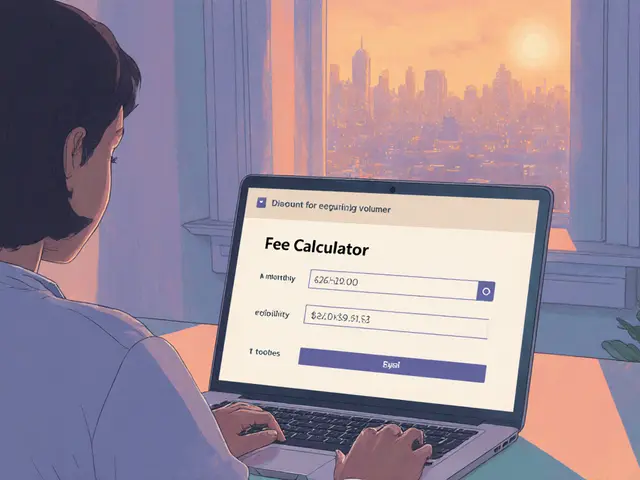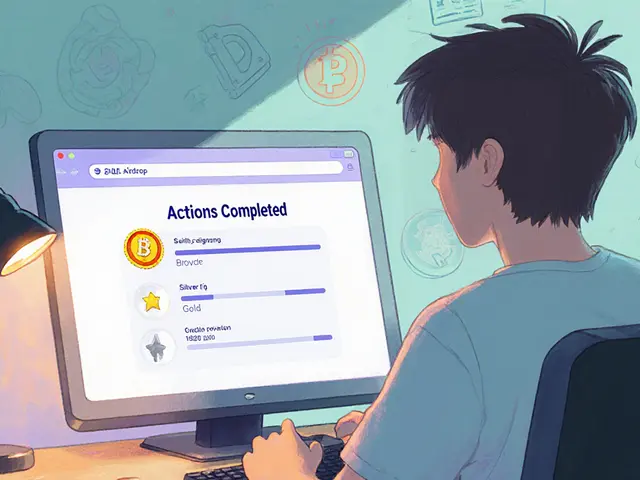BRC-20 Tokens – All You Need to Know
The BRC-20 token standard is shaking up Bitcoin by letting anyone launch fungible assets on the same chain that powers the first cryptocurrency. When working with BRC-20, a token standard built on Bitcoin’s Ordinal protocol that enables creation, transfer and trading of fungible tokens directly on the Bitcoin blockchain. Also known as Bitcoin ERC‑20 clone, it brings the ease of Ethereum‑style tokens to the world’s oldest crypto.
This ecosystem rests on three key pillars. First, Ordinals, a numbering system that gives each satoshi a unique serial number, allowing data like images, text or token metadata to be inscribed on‑chain provide the data‑layer for BRC‑20 contracts. Second, the Bitcoin network, the proof‑of‑work ledger that secures every transaction and underpins the scarcity of Bitcoin supplies the security and immutability that other token standards often lack. Third, the rise of crypto airdrops, free token distributions used to bootstrap communities and reward early adopters gives BRC‑20 projects a low‑cost way to reach millions of users already familiar with Bitcoin wallets. In short, BRC‑20 encompasses token creation, requires Ordinal inscriptions, and leverages the Bitcoin network’s security to enable airdrop campaigns and DeFi experiments.
What does that mean for you? If you’re a trader, BRC‑20 coins let you speculate on Bitcoin‑based assets without leaving the Bitcoin ecosystem. If you’re a developer, the standard opens a path to build DeFi primitives—like swaps, liquidity pools or even NFTs—on a network that processes over 300,000 transactions daily. If you’re just curious, the surge of BRC‑20 airdrops shows how quickly a new token model can generate buzz and community participation. Below you’ll find practical guides, market analyses, airdrop walkthroughs and risk assessments that together paint a full picture of the BRC‑20 landscape. Let’s jump into the collection and see how each piece fits into this fast‑moving puzzle.

Discover what Ordiswap (ORDS) is, how its Bitcoin‑based AMM works, tokenomics, market performance, and future outlook in this comprehensive guide.
Jonathan Jennings Aug 14, 2025




